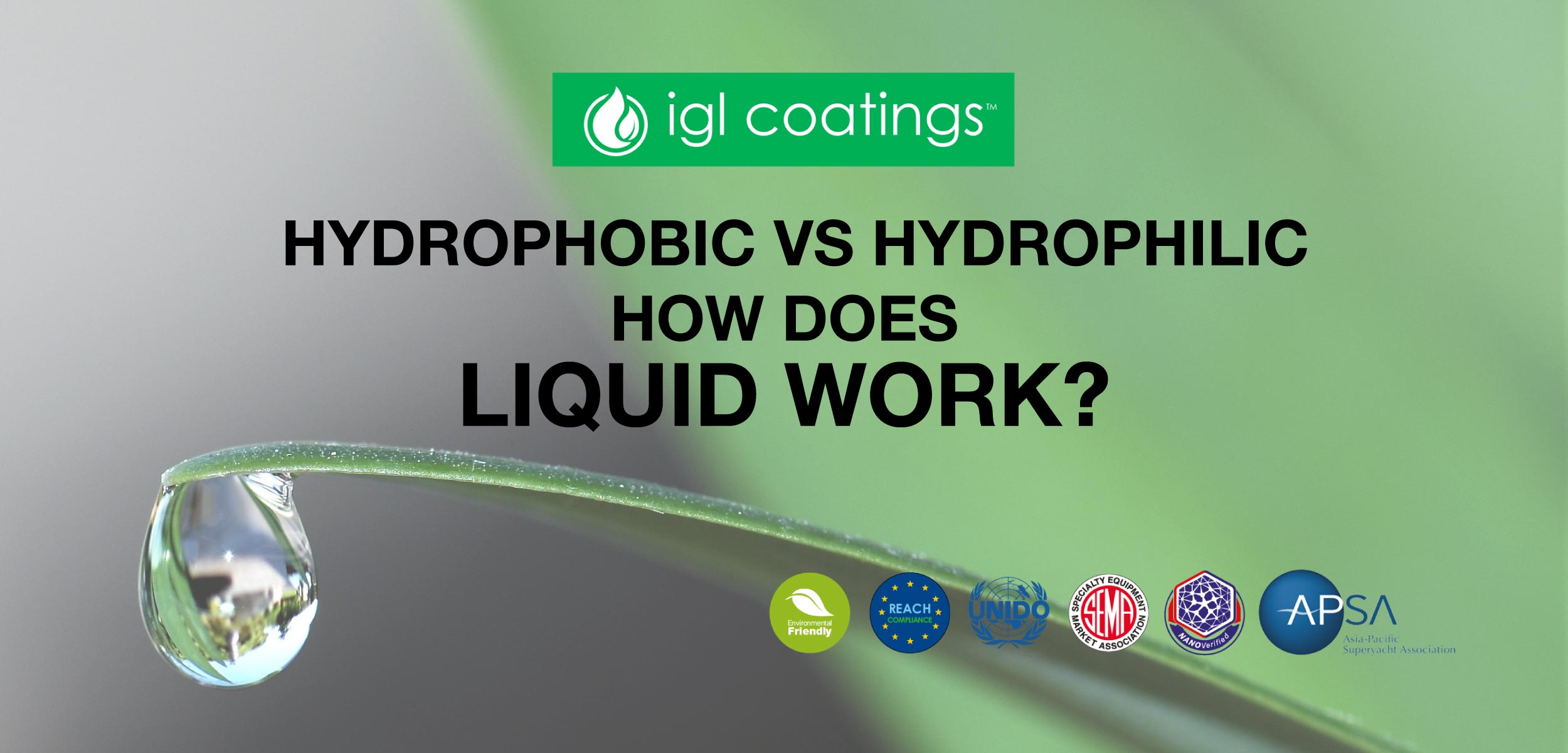The common behaviour of liquids is that it has a tendency to stick to things, including itself. Therefore, a surface is classified as either hydrophobic (scared of water) or hydrophilic (loving water) by the way it interacts with liquids, specifically water droplets.
A droplet that has absolutely no interaction with a surface will bead up into a perfect sphere and will have a contact angle of 180°whilst a water droplet that completely wets the surface has a contact angle of 0°.
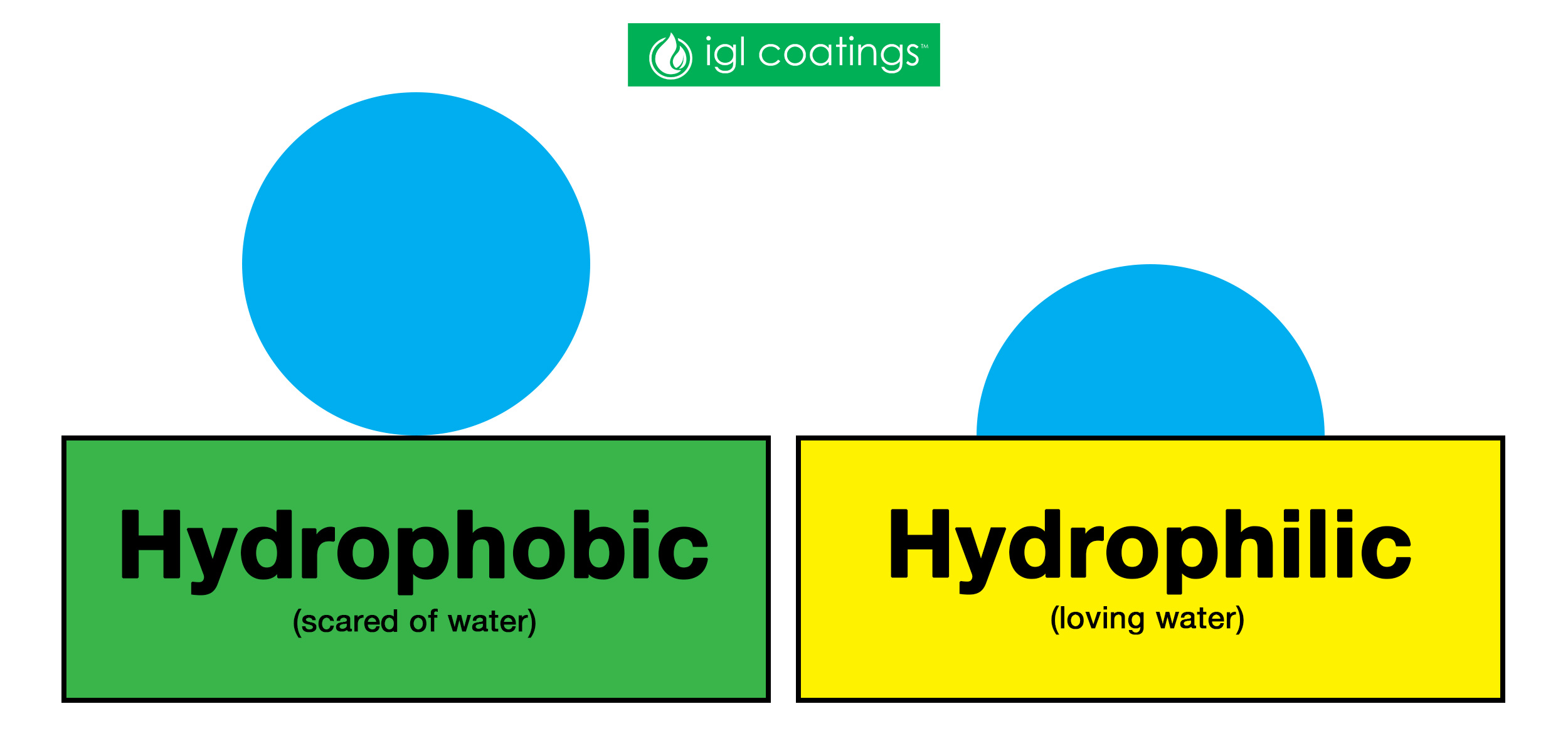
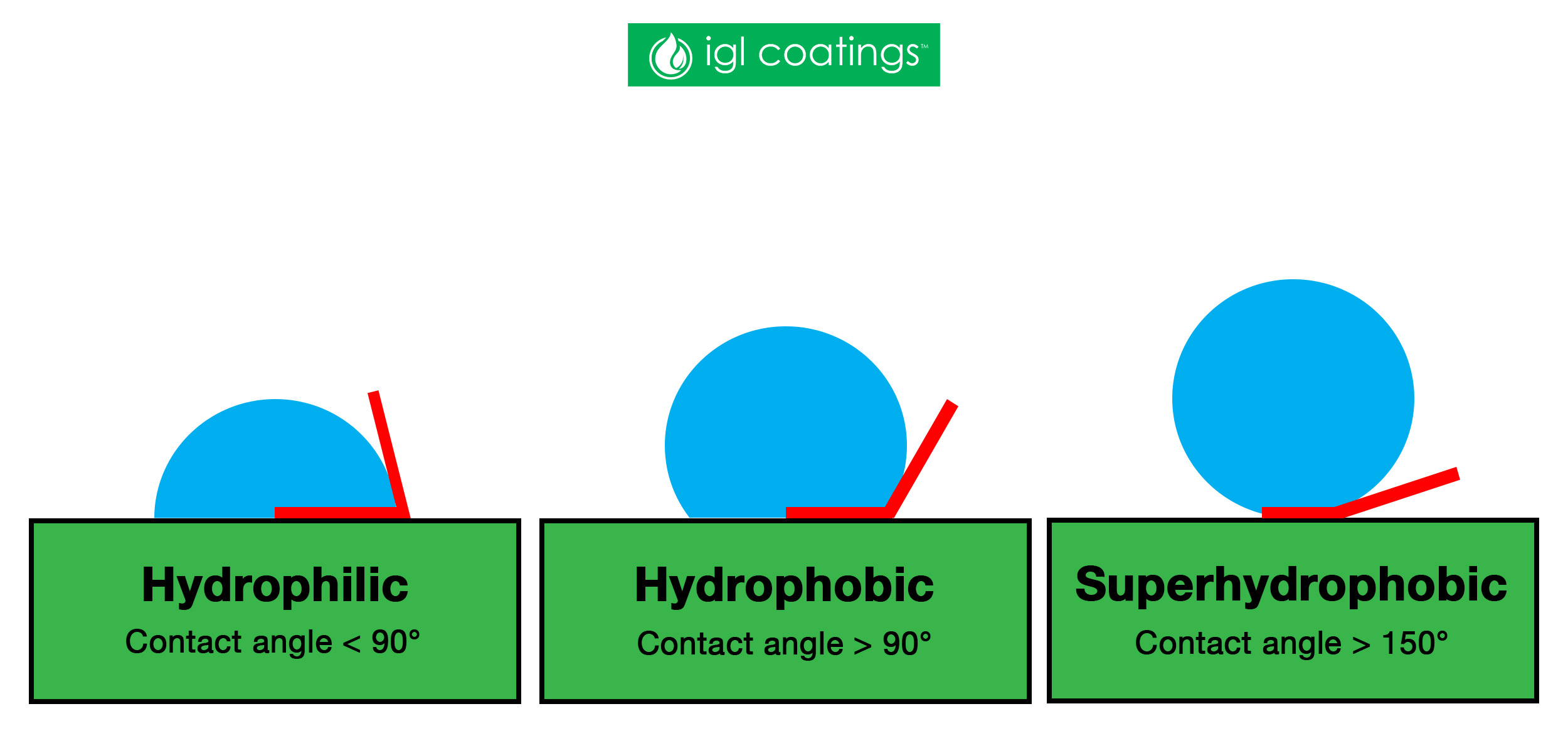 The term superhydrophobic (also ultrahydrophobic) occurs when the effective contact angle of water drops is 150° or higher. There are many examples of naturally occurring superhydrophobic surfaces. These include both plants and insects surfaces.
One of the most notable superhydrophobic surface in nature is that of the lotus leaf. The extreme water repellency exhibited by lotus leaves is what inspired scientists to initially pursue research into superhydrophobic phenomena.
The term superhydrophobic (also ultrahydrophobic) occurs when the effective contact angle of water drops is 150° or higher. There are many examples of naturally occurring superhydrophobic surfaces. These include both plants and insects surfaces.
One of the most notable superhydrophobic surface in nature is that of the lotus leaf. The extreme water repellency exhibited by lotus leaves is what inspired scientists to initially pursue research into superhydrophobic phenomena.
 Superhydrophobic is used to describe a surface that exhibits both advancing and receding contact angles of higher than 150°.
The angle at which a water drop rolls off a tilted flat surface is known as the roll-off angle. Generally, superhydrophobic surfaces exhibit roll-off angles less than 5°, but very high quality superhydrophobic surfaces can exhibit roll-off angles of less than 1°.
Superhydrophobic is used to describe a surface that exhibits both advancing and receding contact angles of higher than 150°.
The angle at which a water drop rolls off a tilted flat surface is known as the roll-off angle. Generally, superhydrophobic surfaces exhibit roll-off angles less than 5°, but very high quality superhydrophobic surfaces can exhibit roll-off angles of less than 1°.
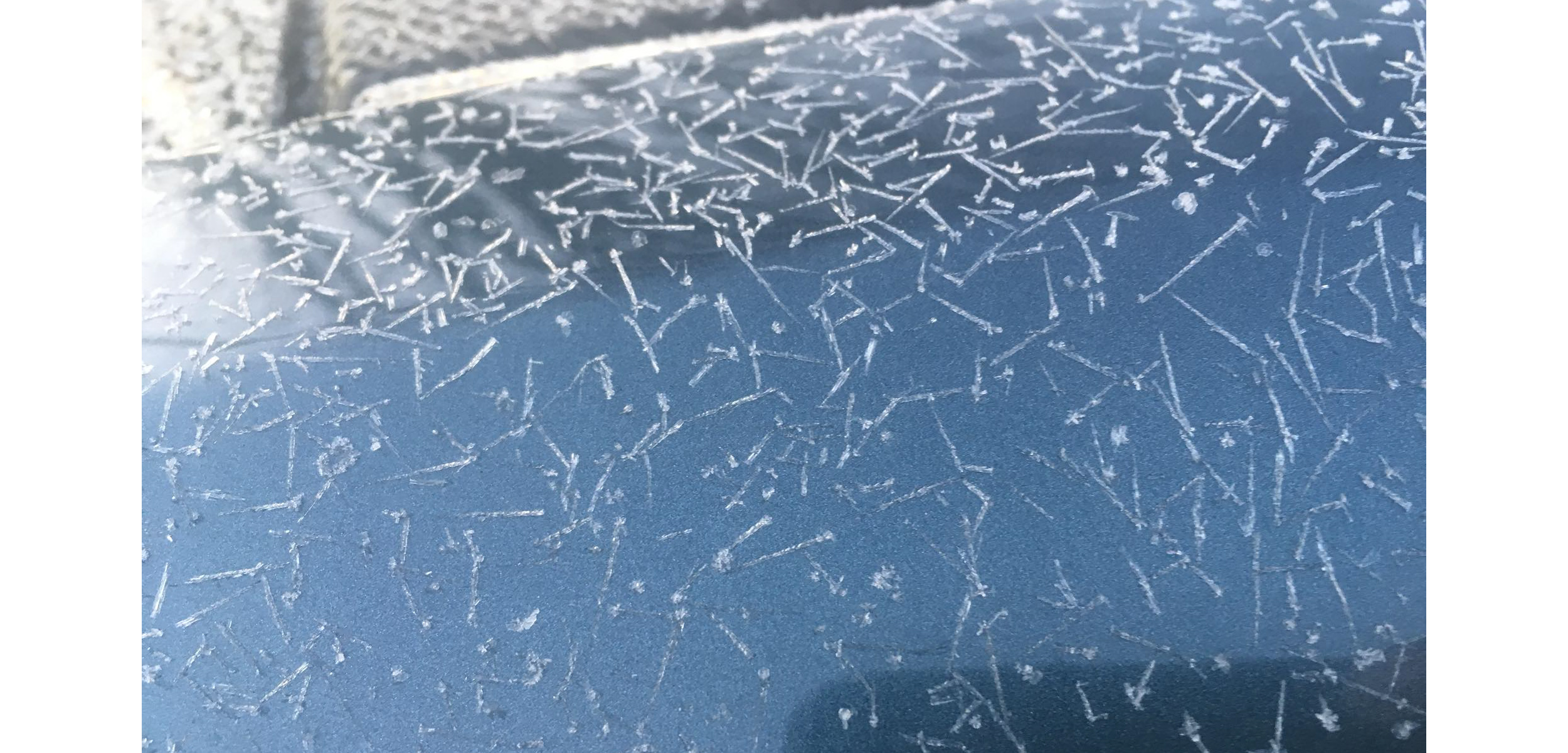 To protect against corrosion, low permeability paint is generally used as a water and vapor barrier. Low permeability paint works well until the paint develops micro-cracks. At that point, liquids seep into the micro-cracks.
From then on the low permeability paint will act as a barrier which holds water in the micro-cracks, eventually promoting corrosion. High porosity and permeable hydrophobic coatings prevent corrosions from occurring.
To protect against corrosion, low permeability paint is generally used as a water and vapor barrier. Low permeability paint works well until the paint develops micro-cracks. At that point, liquids seep into the micro-cracks.
From then on the low permeability paint will act as a barrier which holds water in the micro-cracks, eventually promoting corrosion. High porosity and permeable hydrophobic coatings prevent corrosions from occurring.
 ecocoat Kenzo is our flagship 10H coating & has a contact angle that surpasses 120°. Lasting up to 4 years, ecocoat Kenzo retains the almost superhydrophobic contact angle through shine or rain. To ensure maximum satisfaction, only certified Kenzo Master Installers are allowed to apply this product on your car.
ecocoat Kenzo is our flagship 10H coating & has a contact angle that surpasses 120°. Lasting up to 4 years, ecocoat Kenzo retains the almost superhydrophobic contact angle through shine or rain. To ensure maximum satisfaction, only certified Kenzo Master Installers are allowed to apply this product on your car.
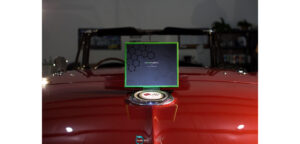 ecocoat Quartz+ and ecocoat Quartz has a contact angle that surpasses 110° whilst ecocoat Poly has a contact angle that surpasses 105°.
ecocoat Quartz+ and ecocoat Quartz has a contact angle that surpasses 110° whilst ecocoat Poly has a contact angle that surpasses 105°.

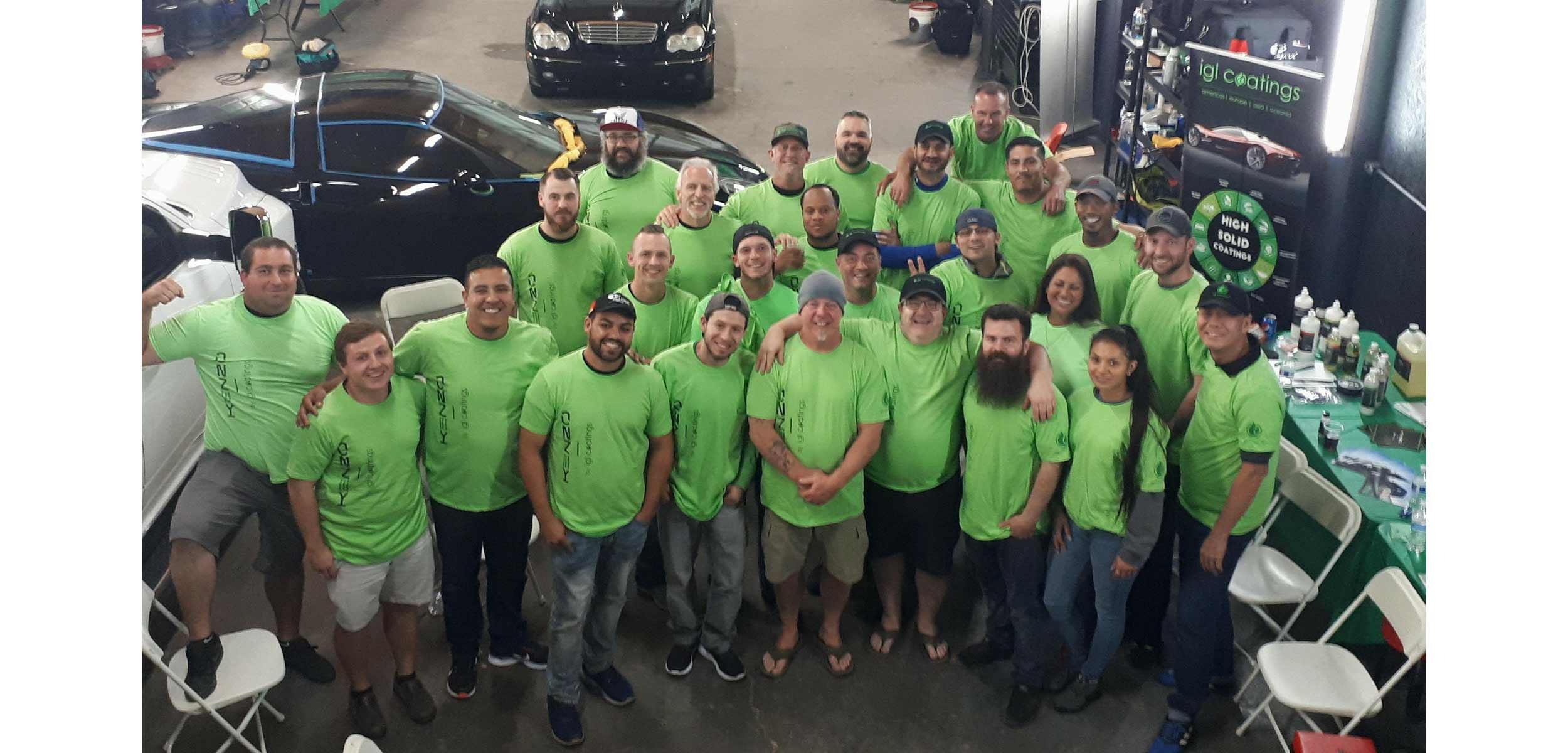

Contact Angle Significance
If the water droplet sticks more to the surface than itself, that surface is hydrophilic and the water droplet will have a contact angle of less than 90°. If the water droplet has a tendency to stick to itself more than it sticks to the surface, that surface is hydrophobic and water droplets will bead up to a contact angle of more than 90°. The term superhydrophobic (also ultrahydrophobic) occurs when the effective contact angle of water drops is 150° or higher. There are many examples of naturally occurring superhydrophobic surfaces. These include both plants and insects surfaces.
One of the most notable superhydrophobic surface in nature is that of the lotus leaf. The extreme water repellency exhibited by lotus leaves is what inspired scientists to initially pursue research into superhydrophobic phenomena.
The term superhydrophobic (also ultrahydrophobic) occurs when the effective contact angle of water drops is 150° or higher. There are many examples of naturally occurring superhydrophobic surfaces. These include both plants and insects surfaces.
One of the most notable superhydrophobic surface in nature is that of the lotus leaf. The extreme water repellency exhibited by lotus leaves is what inspired scientists to initially pursue research into superhydrophobic phenomena.
 Superhydrophobic is used to describe a surface that exhibits both advancing and receding contact angles of higher than 150°.
The angle at which a water drop rolls off a tilted flat surface is known as the roll-off angle. Generally, superhydrophobic surfaces exhibit roll-off angles less than 5°, but very high quality superhydrophobic surfaces can exhibit roll-off angles of less than 1°.
Superhydrophobic is used to describe a surface that exhibits both advancing and receding contact angles of higher than 150°.
The angle at which a water drop rolls off a tilted flat surface is known as the roll-off angle. Generally, superhydrophobic surfaces exhibit roll-off angles less than 5°, but very high quality superhydrophobic surfaces can exhibit roll-off angles of less than 1°.
Why is Hydrophobicity Important?
Hydrophobicity creates water drops, as it repels water. This is important as the hydrophobicity repels water on surfaces which will encourage the surface to be self-cleaning through the introduction of water. Additionally, a hydrophobic surface has been tested to significantly improve visibility, clarity and remain relatively clean after several weathering tests as it repel liquids. Drag reduction tests also has shown to reduce the cost of transporting goods by ships and improve the efficiency of water craft of all kinds due to the reduction of liquids drag on the watercraft’s hull. The water drag is reduced due to the large slip length produced by the pinned layer of air. Hydrophobic surfaces can also greatly reduce or even eliminate many of the effects of ice storms and aircraft icing. The formulation of ice is greatly reduced on coated surfaces which prevents the forming of icicles. To protect against corrosion, low permeability paint is generally used as a water and vapor barrier. Low permeability paint works well until the paint develops micro-cracks. At that point, liquids seep into the micro-cracks.
From then on the low permeability paint will act as a barrier which holds water in the micro-cracks, eventually promoting corrosion. High porosity and permeable hydrophobic coatings prevent corrosions from occurring.
To protect against corrosion, low permeability paint is generally used as a water and vapor barrier. Low permeability paint works well until the paint develops micro-cracks. At that point, liquids seep into the micro-cracks.
From then on the low permeability paint will act as a barrier which holds water in the micro-cracks, eventually promoting corrosion. High porosity and permeable hydrophobic coatings prevent corrosions from occurring.
How to Get Hydrophobic Surface for My Car?
By coating your car using IGL Coatings! Welcome to the world of IGL Coatings car care where micro marring is unacceptable and hydrophobicity is a must. As we’ve learnt above, to get that hydrophobicity, the contact angle of the surface to water droplet must be more than 90°. To cater to your car’s needs, our ecocoat range has a contact angle from 95° to more than 120°. Suitable for application on the body, trim, windscreen, headlight and even wheel, the ecocoat range is created with your whole car in mind. ecocoat Kenzo is our flagship 10H coating & has a contact angle that surpasses 120°. Lasting up to 4 years, ecocoat Kenzo retains the almost superhydrophobic contact angle through shine or rain. To ensure maximum satisfaction, only certified Kenzo Master Installers are allowed to apply this product on your car.
ecocoat Kenzo is our flagship 10H coating & has a contact angle that surpasses 120°. Lasting up to 4 years, ecocoat Kenzo retains the almost superhydrophobic contact angle through shine or rain. To ensure maximum satisfaction, only certified Kenzo Master Installers are allowed to apply this product on your car.
 ecocoat Quartz+ and ecocoat Quartz has a contact angle that surpasses 110° whilst ecocoat Poly has a contact angle that surpasses 105°.
ecocoat Quartz+ and ecocoat Quartz has a contact angle that surpasses 110° whilst ecocoat Poly has a contact angle that surpasses 105°.

Where Can I Get IGL Coatings ecocoat Range?
Wondering where to get IGL Coatings ecocoat range for your car? IGL Coatings have distributors and detailers around the world to help you get that top hydrophobic quality for your car. Just click here to find the nearest detailer!
To know more about IGL Coatings, just visit our website at www.IGLCoatings.com. We’re also online on Facebook, Twitter & Instagram. Like & follow us today for weekly updates.

